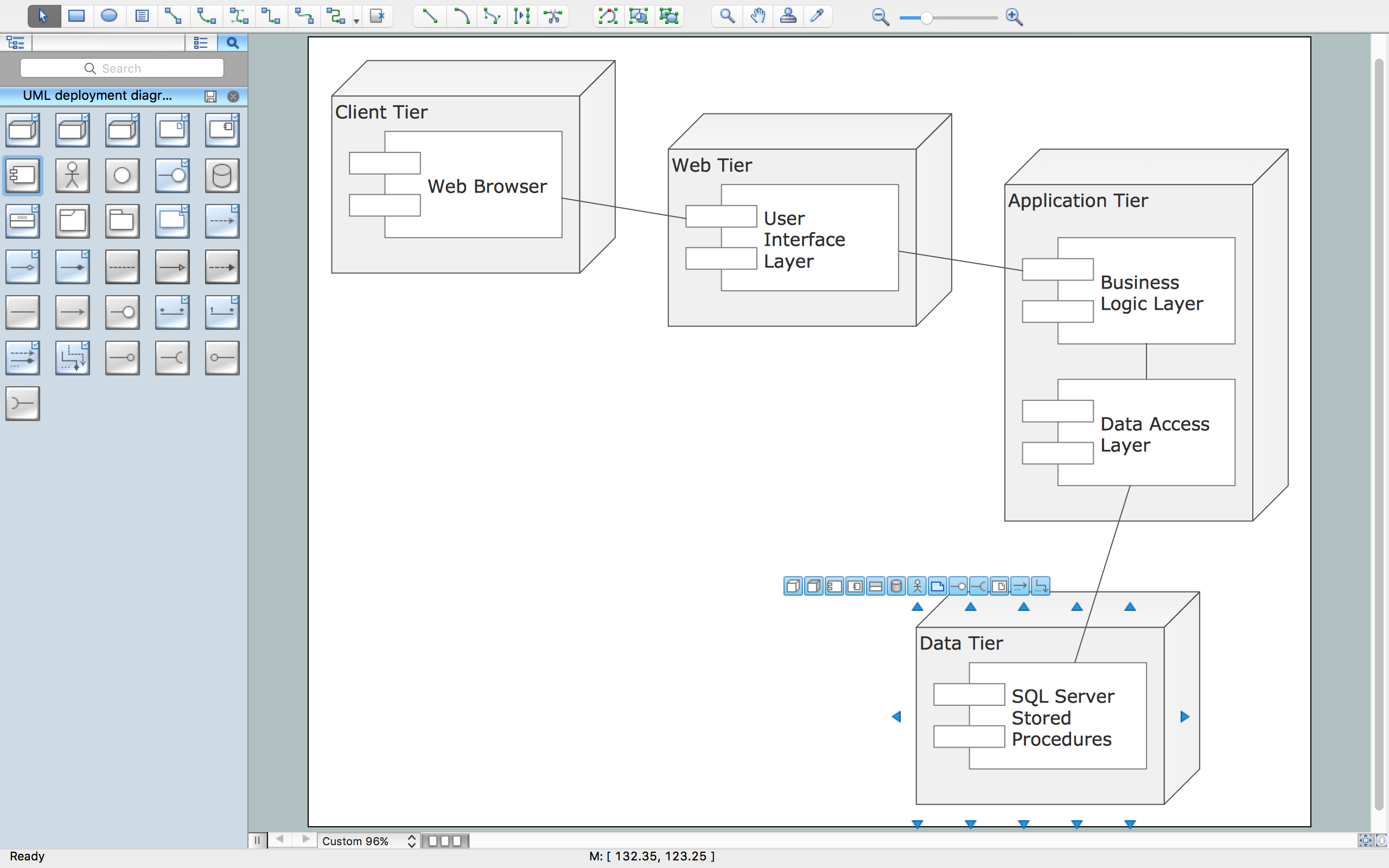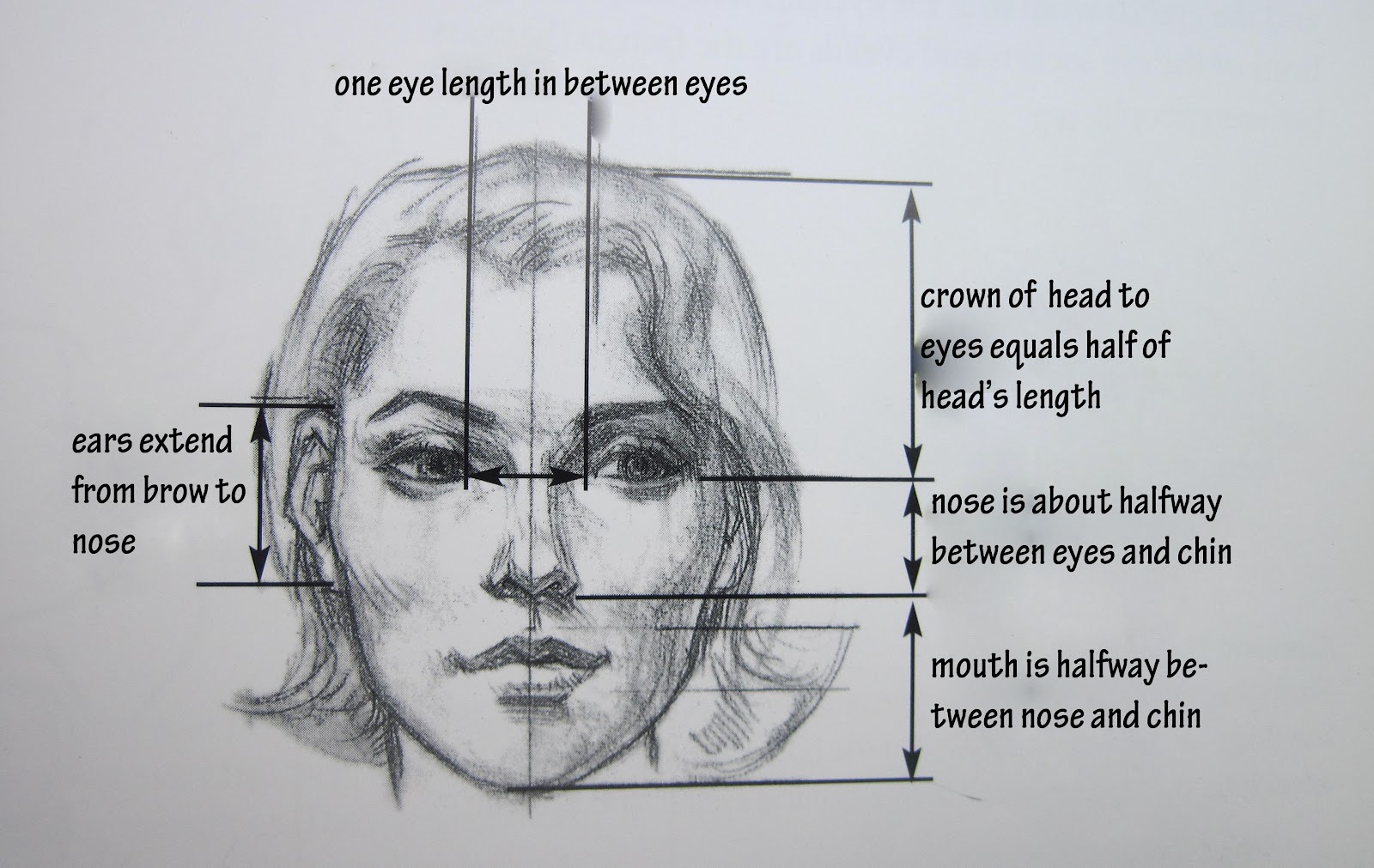Collection of pliers clipart
Table of Contents
Table of Contents
If you’re looking to add some new tools to your artistic arsenal, learning how to draw pliers might be just what you need. Not only will it enhance your technical skill, but it can also be a useful addition to your collection of drawing subject matter. In this article, we’ll explore the steps to drawing pliers and some tips to make the process a little easier.
The Struggle with Drawing Pliers
Drawing pliers can present some challenges, especially for beginners. One of the main difficulties is capturing the intricate details of the tool without making it look messy or cluttered. Another issue is getting the proportions right - the handle and the jaws need to be in the correct proportion to one another to make a realistic representation. Lastly, finding a suitable reference photo or image can be tricky.
How to Draw Pliers
Ready to get started? First, gather your materials: a pencil, eraser, paper, and a reference image. Begin by sketching the basic shapes of the pliers - a rectangular box for the handle and a triangle for the jaws. Next, refine the shapes, adding curves and details, such as ridges along the handle and teeth on the jaws. Pay attention to the proportions and angles of the tool. Finally, shade the drawing to give it a three-dimensional appearance.
One helpful tip is to break the drawing down into smaller steps. Start with the overall shape and then work on the details in chunks. It can also be helpful to use a grid method, where you draw a basic grid over the reference image and your paper and sketch each section in one by one.
Summary of How to Draw Pliers
In summary, to draw pliers, start with a basic sketch of the shape, then add details, and shade to create a three-dimensional effect. Keep the proportions and angles accurate and use a reference image or photo to guide you. Remember to break the drawing down into smaller steps and consider using a grid method to help.
My Personal Experience with Drawing Pliers
As an artist, I’ve found that adding tools to my subject matter repertoire can be beneficial. Drawing pliers was a challenge for me at first but breaking it down into smaller steps and using a reference image allowed me to capture the details accurately. Plus, pliers are a unique tool, and learning how to draw them can add more variety to my portfolio.
Common Mistakes to Avoid When Drawing Pliers
One common mistake when drawing pliers is to make the tool look too cluttered. Try to simplify the details, especially when you’re first starting. Another mistake is to make the jaws too long or too narrow, throwing off the proportions. To avoid this, pay close attention to the reference image and double check your work as you go.
Diving Deeper into Proportions and Details
To get the proportions right, start with the basic shapes, as mentioned earlier. Pay attention to the angle between the handle and the jaws and the size of the teeth on the jaws compared to the size of the handles. Details can be added gradually, starting with the ridges on the handle and the teeth on the jaws. Don’t worry about making the details too intricate - subtle details can make the pliers stand out just as much.
Tips for Shading and Highlights
When shading, think about where the light source is coming from and how it will affect the shape and texture of the pliers. Use a range of shading techniques, from hatching to crosshatching, to create depth and dimension. To add highlights, use an eraser to create light areas on the metal sections of the pliers.
Question and Answer
Q: Do I need to use a reference image to draw pliers?
A: While it’s not strictly necessary, using a reference image can be very helpful in getting the proportions and details correct. It can also give you ideas for shading and highlight placement.
Q: How can I simplify the details when drawing pliers?
A: Start with the basic shapes and gradually add the details. Use subtler details, like the ridges on the handle and subtly sized teeth on the jaws.
Q: What are some common mistakes to avoid when drawing pliers?
A: Avoid cluttering the drawing with too many details, and avoid getting the proportions wrong by paying attention to the reference image and double-checking your work.
Q: What is the importance of getting the proportions right?
A: Getting the proportions right is essential to make the pliers look realistic. If the jaws are too long or the handles are too short, the pliers will look off-balance and may not be immediately recognizable as pliers.
Conclusion of How to Draw Pliers
In conclusion, learning how to draw pliers can be a fun and beneficial addition to your artistic skill set. By breaking the drawing down into smaller steps, paying attention to the proportions and details, and using a reference image, you’ll be able to create a realistic representation of this unique tool. Remember to simplify the details and shading, avoid common mistakes, and use highlight placement to make the drawing pop. With practice and patience, you’ll be able to master drawing pliers in no time!
Gallery
Free Printable Combination Pliers Outline Coloring Page
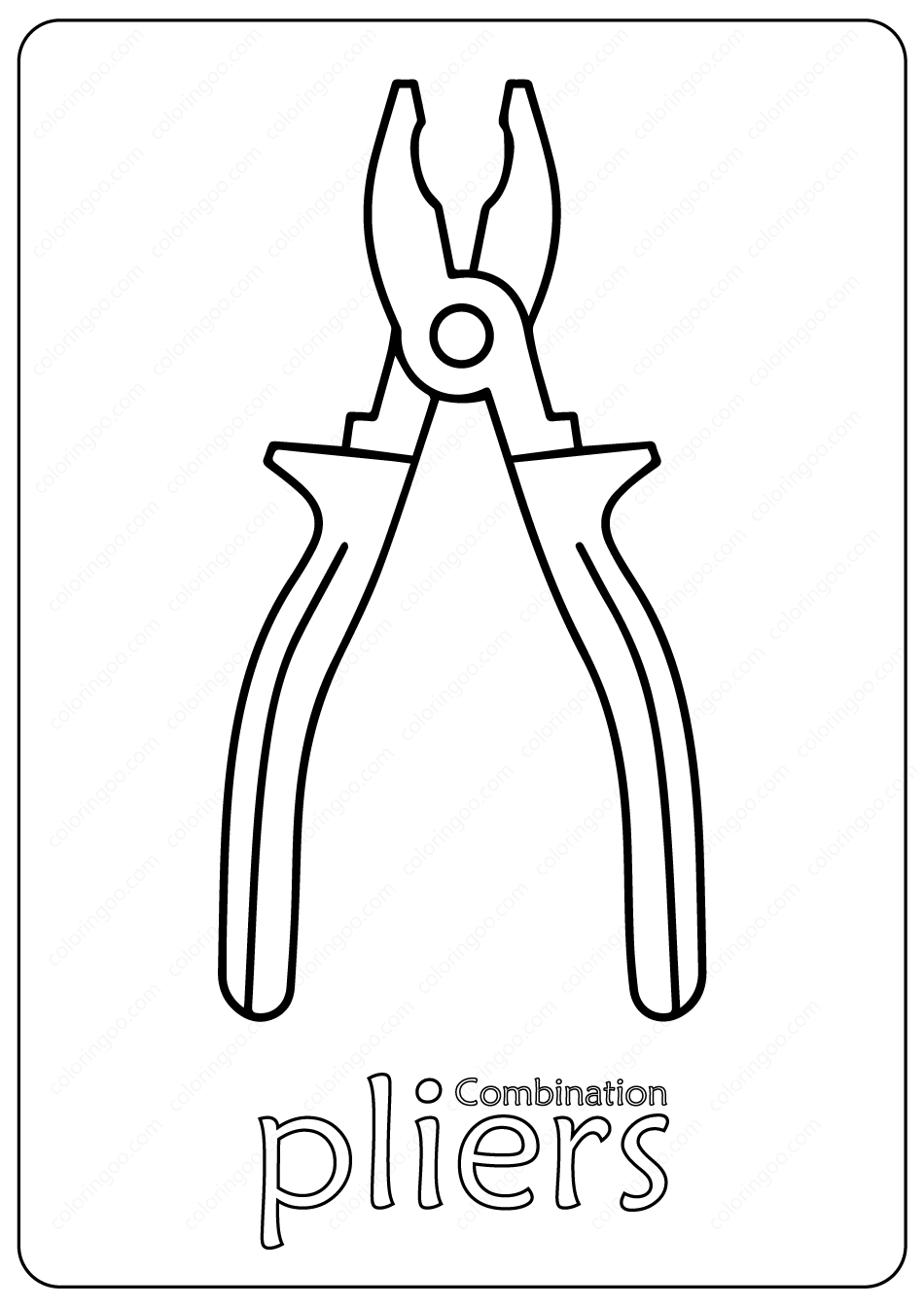
Photo Credit by: bing.com / pliers shears pruning olaf shapes coloringoo
How To Draw Pliers

Photo Credit by: bing.com / pliers draw outlines handles connection such few round details
Collection Of Pliers Clipart | Free Download Best Pliers Clipart On

Photo Credit by: bing.com / pliers drawing clipart clipartmag coloring
How To Draw Pliers
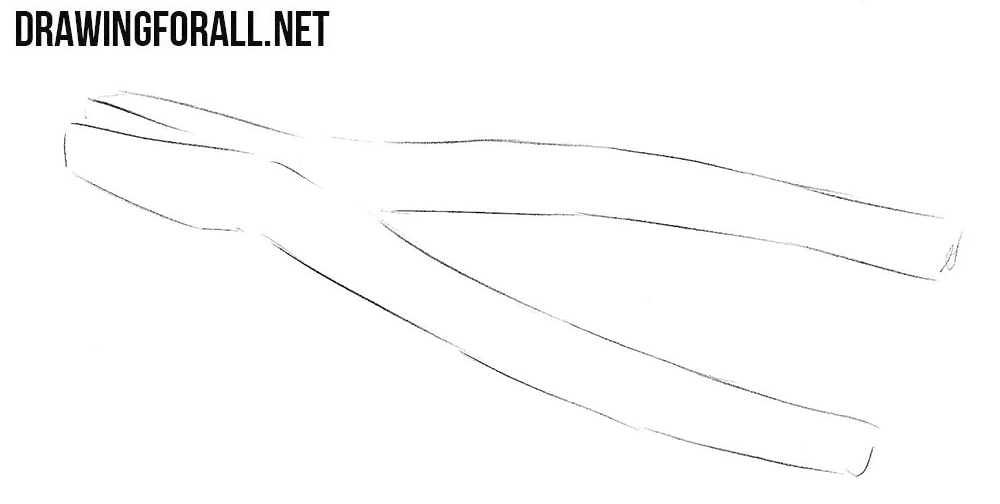
Photo Credit by: bing.com / pliers draw consisting geometric shapes such figure parts very light help two
How To Draw Pliers
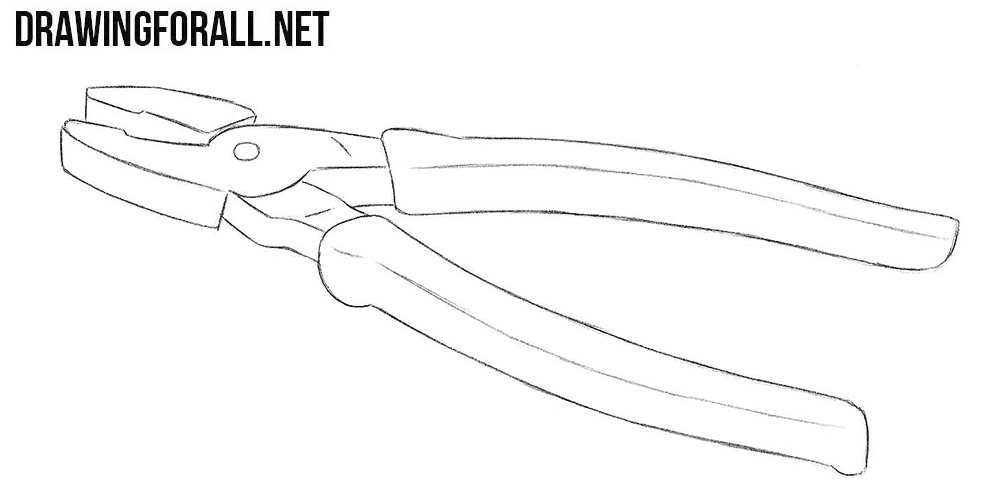
Photo Credit by: bing.com / pliers drawing draw handles lines clear same dark using need



